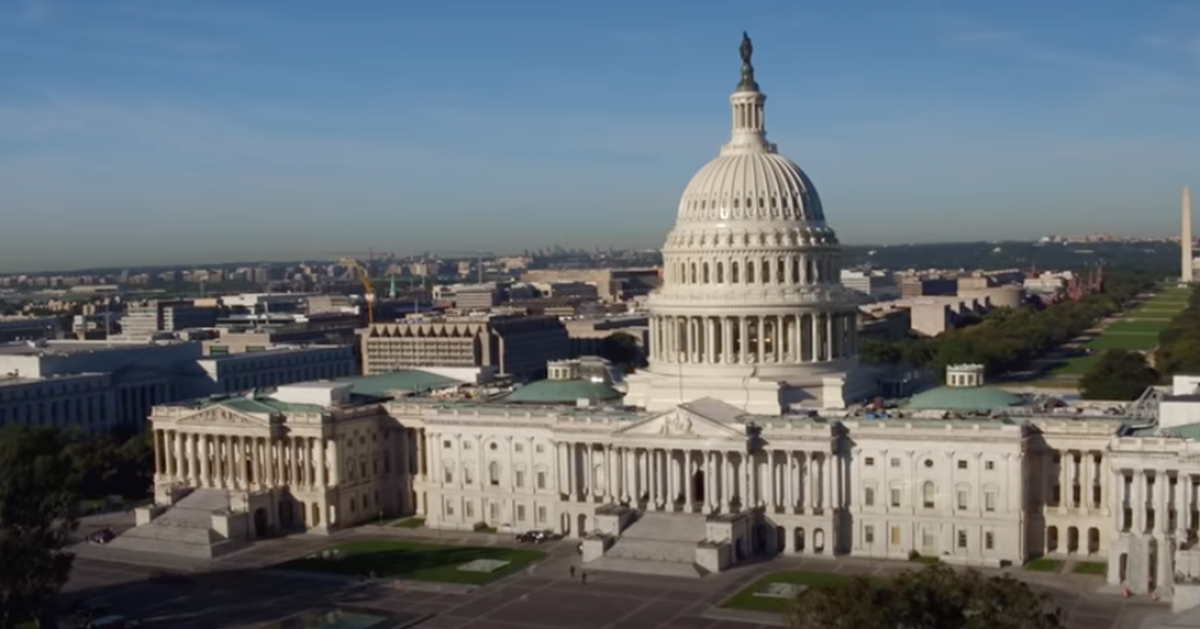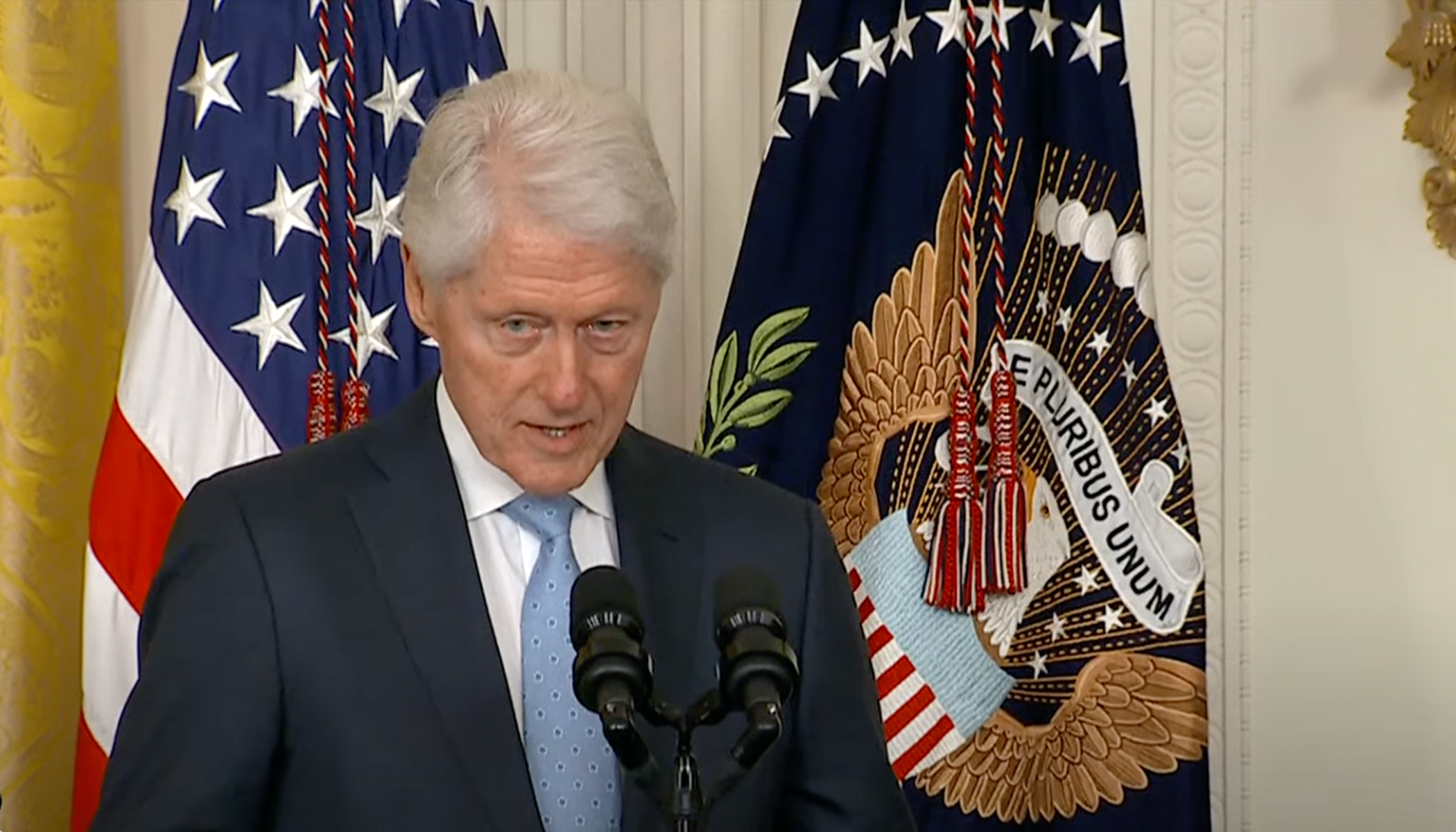Trump orders Treasury Department to halt penny production amid rising costs
President Donald Trump has taken a bold step by directing the U.S. Treasury Department to discontinue the minting of new pennies, announcing the decision via Truth Social late Sunday.
The production of the penny has arguably become unsustainable, costing more than two cents per coin, prompting Trump’s decision to cease its minting despite potential legal and practical challenges, as U.S. News and World Report explains.
A fiscal analysis reveals that producing the one-cent coin has led to significant financial losses for the U.S. Mint.
In the fiscal year 2024 alone, an $85.3 million deficit resulted from the minting of approximately 3.2 billion pennies.
The cost of producing a single penny increased to nearly $0.037, a substantial rise from the previous year’s $0.031.
Penny Production Halted to Cut Losses
The discussion around currency production costs finds its roots in wider governmental efficiency efforts led by figures like Elon Musk.
The Department of Government Efficiency, headed by Musk, highlighted the penny’s escalating production costs on the social media platform X last month. This disclosure adds context to Trump’s recent directive.
Moreover, this decision marks a significant pivot in Trump’s administration, which had not previously announced plans to address the minting issue during campaign discussions. The effort to streamline government expenses by $2 trillion may have precipitated this move.
Supporters of discontinuing the penny point to advantages beyond cost savings. Proponents argue that eliminating the coin could expedite transactions at cash registers and align with international practices observed in countries like Canada, which stopped producing its penny in 2012.
Exploring the Legal Hurdles
This decision carries potential legal uncertainties, as President Trump's ability to unilaterally stop penny production poses legal questions. Traditionally, coin specifications are a matter for Congress.
Professor Robert K. Triest of Northeastern University offers insight, suggesting that even though a legislative act would typically be required, the Treasury could possess limited authority to halt production.
The history of U.S. coinage reflects the discontinuation of certain denominations, such as the half-cent coin in 1857, suggesting a precedent for eliminating less practical coins.
Recent proposals in Congress have similarly aimed to suspend or eradicate the penny altogether or introduce rounding to the nearest five cents to simplify transactions.
While on his way out of New Orleans after attending the first half of the Super Bowl, Trump shared the directive via social media. His statement underscored the wastefulness of producing a coin that costs more than its face value.
Reactions and Further Considerations
The move to halt penny production has sparked conversations around efficiency and financial prudence.
Advocates believe this could lead to considerable savings and encourage a shift toward more efficient monetary practices. Nonetheless, this issue is multifaceted, drawing opinions on historical, economic, and practical grounds.
As discussions continue, the administration and the public remain engaged in dialogue over the practicality and potential benefits of such currency changes.
What remains clear is that this decision is poised to influence both governmental policy and public opinion significantly.





